
Can I build an ADU on my Property in California?
In recent years, the concept of primary dwelling unit (ADUs) has gained popularity in California. Also known as "granny flats" or "in-law units", ADUs are secondary housing units built on a single-family residential property. They can be connected to the main home, like a transformed garage or basement, or be separate, freestanding units.
The rise of ADUs in California is largely due to the state's housing crisis and the need for more affordable housing options. Many homeowners are now considering building an ADU on their property as a way to generate additional rental income or provide housing for family members.
How To Build an ADU in California
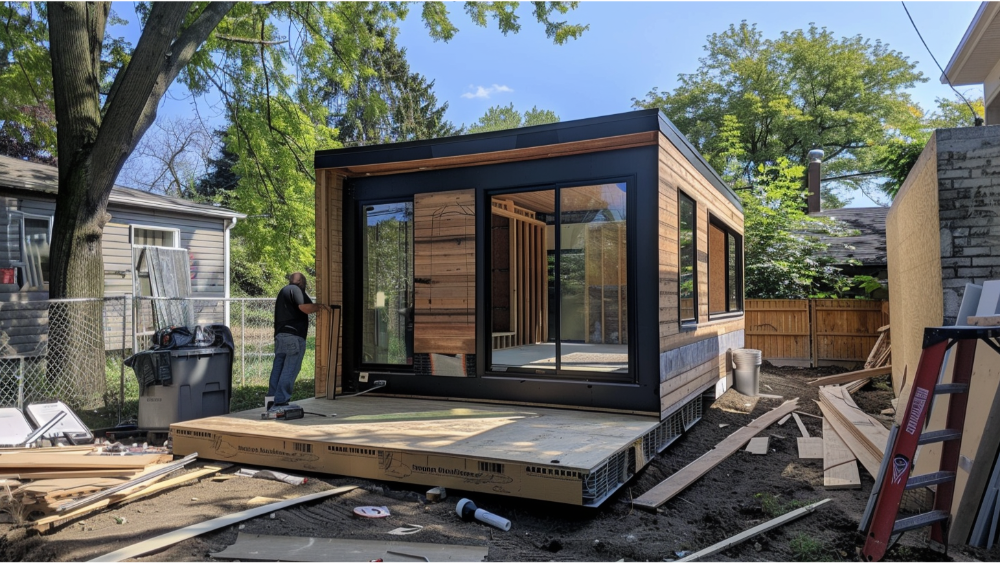
If you're interested in building an ADU on your property in California, here are a few general steps to take into consideration when building an ADU. Be sure to check local regulations before starting any construction. It is important to check with your local city or county government for regulations and restrictions on ADUs. Every city may have different rules and requirements, so make sure you know what is allowed in your area. You want to make sure your property is also eligible for an ADU.
After confirming your property qualifies for an ADU, proceed with designing and planning your unit. Consider employing an architect or utilizing pre-existing designs to guarantee compliance with all building codes and zoning laws. Once you've finalized your design plans you will need to obtain the necessary building permits and land permits from your local government before starting construction. Building an ADU is a major construction project, so it's important to hire a licensed and experienced contractor to ensure quality work. Make sure to get multiple quotes and references before making your decision.
Once you have obtained the necessary permits and hired a contractor, construction on your ADU can begin. Make sure to regularly communicate with your contractor and monitor the progress of the project.Once construction is complete, your ADU will need to pass a final inspection before it can be occupied. This is to ensure that all building codes and safety regulations have been met.
Legal Requirements
To construct an Accessory Dwelling Unit (ADU) in California, several legal prerequisites are mandated. Initially, securing permit application from the local building department is crucial. This involves a thorough review process where your ADU plans are evaluated to ensure they meet state and local building codes. Additionally, adherence to zoning and land use regulations is mandatory. These regulations determine where ADUs can be located on a property, the allowable size, and how they can be used.
California mandates compliance with specific design and construction standards. These standards are designed to ensure the safety, habitability, and aesthetic integration of the ADU with the existing neighborhood. They cover a wide range of considerations, including but not limited to, structural integrity, fire safety, utilities connections, and accessibility features.
Types of ADUs
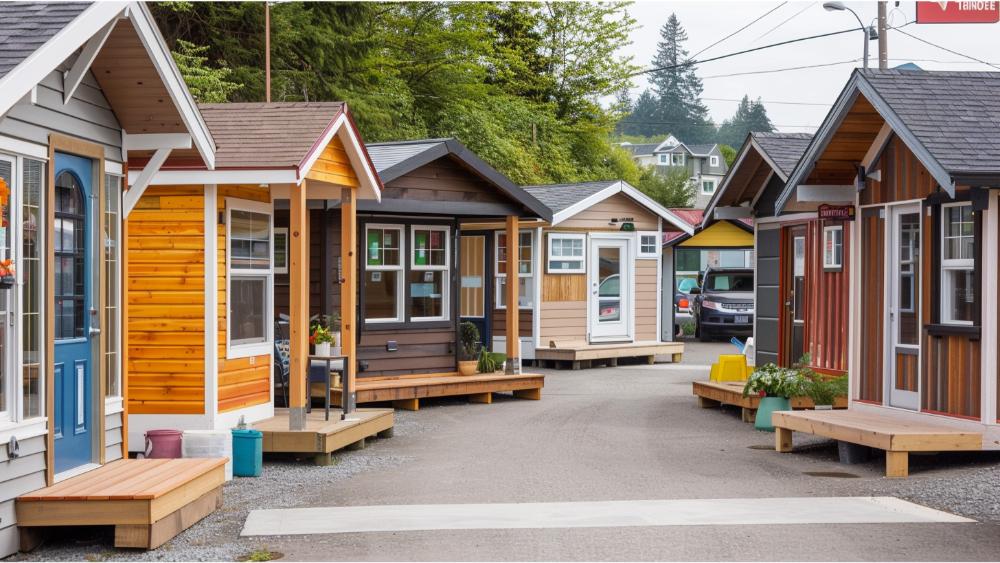
There are three main types of ADUs that can be built in California: attached, detached, and junior accessory dwelling unit. An attached ADU is connected to the main house and usually share utilities with it. Detached ADUs are standalone structures that have their own separate utilities. Junior ADUs are smaller units built within the walls or floors of an existing single-family home.
Each type of ADU has its own benefits and limitations, so it's important to consider your specific needs and property layout when deciding which type to build.
Attached ADU vs Detached ADU
An attached ADU may be more cost-effective and easier to build, as it typically shares utilities with the primary home. However, a detached ADU may offer more privacy for both the homeowner and tenant.
A JADU is a smaller type of ADU that is created within an existing single-family primary residence. This option is ideal for homeowners who want to keep their living space separate from the rental unit, but also want to minimize construction costs. JADUs are typically limited in size and can only have one entrance, making it an ideal option for renting to family members or close friends.
How Much does an ADU Add to Property Value?
The addition of an Accessory Dwelling Unit (ADU) to your property can significantly enhance its market value, although the specific increase is influenced by various factors. These factors include the ADU's location on the property, its size, and whether it is an attached or detached unit. For example, properties in high-demand urban areas may see a greater valuation increase compared to those in more rural settings. Additionally, the functionality and design of the ADU play a crucial role; well-designed units that offer additional living space or rental income potential are particularly valuable. On average, incorporating either an attached or detached ADU could elevate your property's value by as much as 25%, making it a worthwhile investment for homeowners looking to boost their real estate value.
Potential Benefits

Building an accessory dwelling units on your property can have many potential benefits. By renting out the Accessory Dwelling Unit (ADU), property owners have the opportunity to generate additional rental income, which can be a significant financial aid in covering mortgage payments or offsetting other household expenses. This not only provides a steady stream of revenue but also maximizes the use of their property.Another benefit to an ADU is that they are in high demand, and having one on your property can increase its overall value.
Additionally, they offer a flexible living space that can be used for rental income or accommodating family members. Multigenerational living ADUs provide a separate living space for family members, allowing for more privacy while still being close by.
Considerations and Challenges
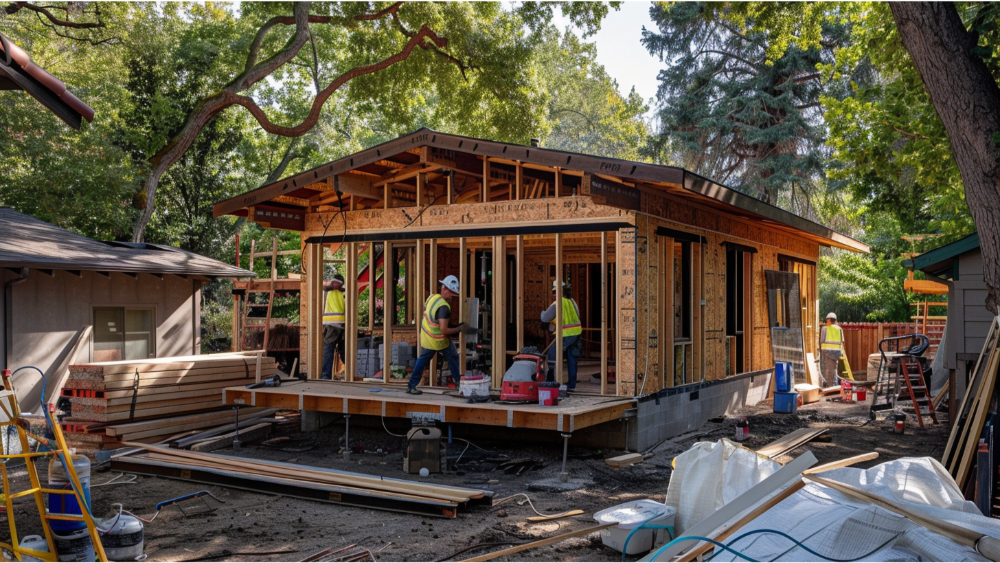
While there are many benefits to building an ADU in California, there are also some considerations and challenges that should be taken into account.
Cost
Building an Accessory Dwelling Unit (ADU) can entail significant expenses, particularly when extensive renovations are needed or when starting from scratch with new construction. Homeowners must meticulously evaluate both the upfront costs and the potential return on investment. This includes assessing construction costs, permitting fees, utility connections, such as electricity, water, and gas. These costs can vary depending on the location and accessibility of these connections to the ADU site.
Also, any additional expenses related to customizing the space to meet specific needs or preferences. Additionally, considering the long-term benefits, such as rental income or increased property value, is crucial for making an informed decision.
Zoning restrictions
Many cities implement stringent zoning regulations that govern the construction and usage of Accessory Dwelling Units (ADUs). These rules can restrict the locations where an ADU can be erected, dictate its size, design, and the manner in which it can be utilized. Before embarking on the process of building an ADU, it is best to research local and state laws and consult with the planning department to understand the specific regulations and obtain the necessary permits, ensuring your project complies with all local laws and guidelines. This proactive approach can help avoid potential legal issues and delays in your construction project.
Design limitations
Depending on the size and layout of your property, there may be design limitations for building an ADU. For example, setbacks from the property line and maximum size requirements may impact the design and functionality of the unit.
Additionally, local zoning laws and building codes can further restrict what can be built. It's important to consult with city planning departments to understand all applicable regulations.
How Much Does an ADU Cost to Build In California?

The cost of building an ADU in California can vary greatly depending on several factors such as location, size, design, and materials used. In general, the average cost for constructing an ADU in California ranges between $100,000 to $400,000. There are several financial considerations come into play when planning to construct an ADU. The size and layout, location and accessibility, materials and customizations. Of course, the larger and more complex the ADU the higher the cost of building will be. Building in urban areas or on hilly terrain can increase construction costs. High-end materials and finishes will drive up the cost of construction. Adding unique or custom elements to an ADU may add additional expenses.
It's important to carefully consider these factors and create a budget before beginning the construction process. Additionally, consulting with professionals such as contractors, architects, and designers can help provide more accurate cost estimates.
Tips for Saving on ADU Construction Costs
While the cost of building an ADU in California can be significant, there are some ways to potentially save on construction costs without sacrificing quality.
Utilize existing structures
One way to save on construction costs is by utilizing existing structures on the property. For example, converting an existing space such as a garage or basement into an ADU may be more cost-effective than building a new structure from scratch.
Consider prefab or modular construction
Prefab or modular ADUs can be a more affordable option compared to traditional on-site construction. These units are built off-site and then delivered to the property, reducing labor costs and time.
Opt for cost-effective materials
By opting for cost-effective materials like durable vinyl siding, which offers a wide range of styles and colors, laminate flooring that provides the look of hardwood without the high cost, and standard fixtures that are both functional and stylish, it's possible to significantly reduce overall construction costs without compromising on aesthetics or quality.
Work with a professional
Hiring professionals such as architects and contractors who have experience in building ADUs can also help save on costs. They will be able to provide valuable insights and suggestions for cost-effective options while still ensuring quality construction.
Frequently Asked Can I Build an ADU on My Property Questions
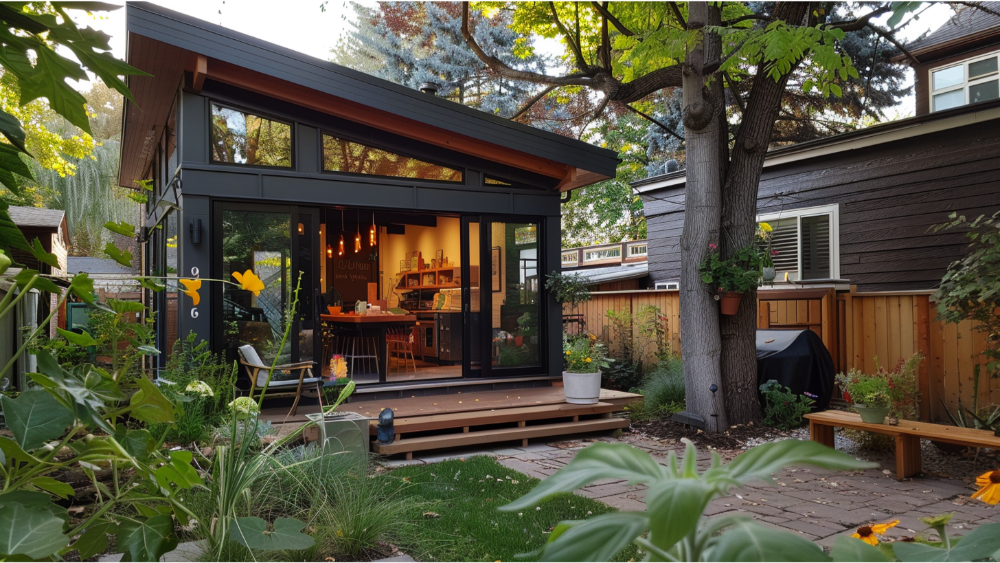
Do I need a permit to build an ADU in California?
Yes, you will need to obtain a building permit from the local building department before constructing an ADU on your property. The requirements for obtaining a permit may vary depending on your location.
Are there any size limitations for ADUs in California?
Yes, each city in California has its own maximum size restrictions for ADUs. Additionally, the lot size and zoning of your property may also impact the allowed size of an ADU.
Can I rent out my ADU on Airbnb or other short-term rental platforms?
Some cities in California have regulations that restrict short-term rentals, so it's important to check with your local governments across the county before listing your ADU on these platforms. Additionally, homeowners should be aware of any potential tax implications for short-term rental income.
Can I convert my existing garage or basement into an ADU?
Yes, in many cases you can convert these spaces into an ADU with the proper permits and approvals. However, there may be additional design and construction requirements to meet building codes and safety standards. It's best to consult with a professional before proceeding with any conversion projects. # End of Document (removed) Instead, here are some additional details to consider:
- Garage conversions: Converting a garage into an ADU may require additional work such as insulation, electrical and plumbing upgrades, and adding windows for natural light.
- Basement conversions: Similar to garage conversions, converting a basement into an ADU may also require additional work to meet building codes and safety standards.
- Additional costs: Converting existing spaces into ADUs may incur additional costs compared to building a new structure. It's important to budget for these potential expenses when considering your options. # End of Section (removed) Let's explore some potential solutions:
- Consult with professionals: It's always a good idea to consult with architects, contractors, or other professionals before starting any construction project. They can provide valuable insights and help navigate any potential challenges.
- Research zoning regulations: Before deciding on the type or location of your ADU, be sure to research and understand the zoning regulations in your area. This will ensure that your ADU is compliant with local laws and regulations.
- Plan for all costs: As mentioned earlier, building an ADU can be expensive. It's important to thoroughly research and budget for all potential costs, including permits, construction, and any necessary upgrades or renovations.
Conclusion
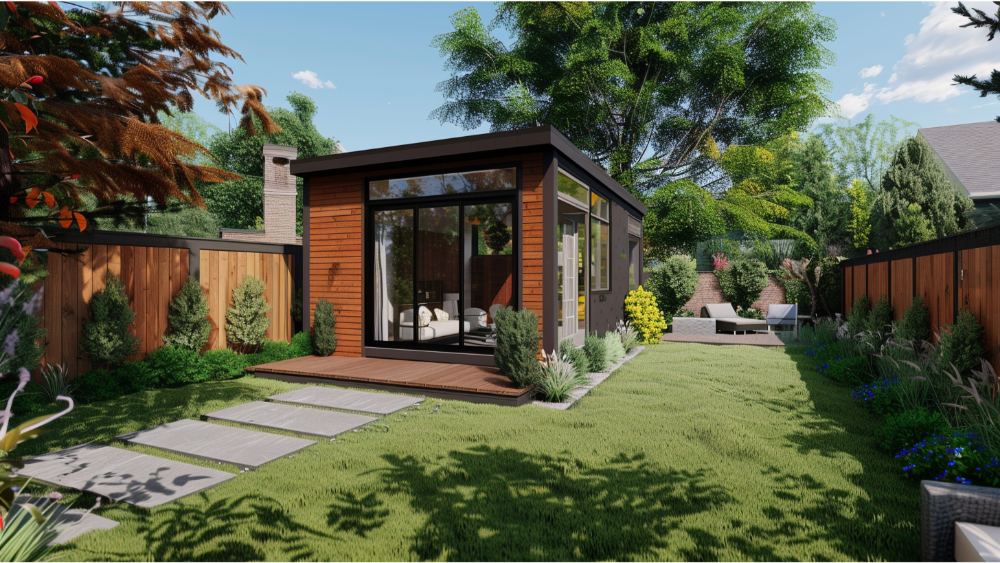
Accessory dwelling units can provide numerous benefits and opportunities for homeowners in California. From generating rental income to accommodating multigenerational living, ADUs offer flexibility and versatility to any property.
However, it's crucial to carefully consider all potential costs, regulations, and design limitations before deciding on the best type of ADU for your specific needs and property. Consulting with professionals and thoroughly researching all aspects of building an ADU can help ensure a successful and rewarding project.




